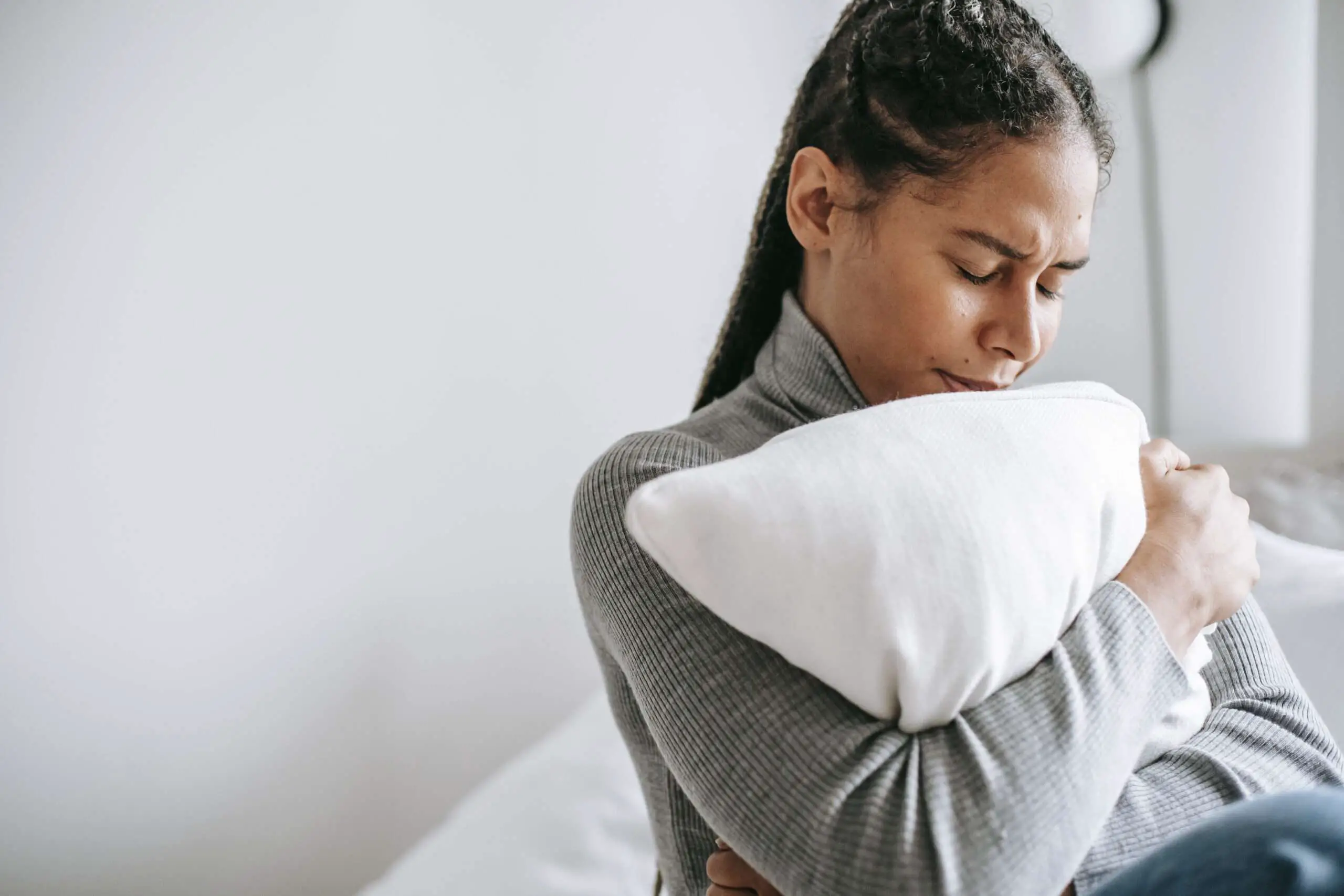The Top 5 Signs and Symptoms of Endometriosis
Introduction: What is Endometriosis and What Are the Most Common Symptoms?
Endometriosis is a state where the lining of the uterus (endometrium) grows beyond its walls and attaches to other areas of the body. This condition can lead to pelvic pain, infertility, painful urination and bowel movements, abnormal bleeding during menstruation, and an increased risk for endometrial cancer. Some common symptoms associated with endometriosis are:-pelvic pain near or between ovaries or rectum-painful periods every month that bleed off more than normal or have clots as well as cramps-heavy periods that last for more than a week, as well as pain during menstruation-severe backaches that are constant or come and go, as well as pain in the lower back-painful bowel movements and urination-nausea Unsafe abortion, difficulty getting pregnant, and pelvic pain, are just a few of the many problems that can arise as a result of endometriosis. Endometriosis is typically treated with hormone therapy, including oral contraceptives for women who are not able to become pregnant. Sometimes surgery is done to remove the endometrial tissue from the body.
The Top 5 Signs & Symptoms of Endometriosis
Endometriosis is a common, yet misunderstood condition. Many women are unaware that they have the condition, and consequently struggle to find a treatment plan that will not only help them feel better but also prevent any further complications.
1. Pelvic pain: This is the most common symptom of endometriosis and can range from mild to severe. It is usually worse during or around the time of a woman’s period and may be accompanied by cramping.
2. Painful periods: Women with endometriosis often experience more pain and cramping than is considered normal during their periods.
3. Pain during sex: Many women with endometriosis experience pain during or after intercourse.
4. Abnormal bleeding: Endometriosis can lead to heavier or longer periods, spotting between periods, or bleeding after sex.
5. Infertility: Endometriosis is a leading cause of infertility in women, as it can damage the reproductive organs and disrupt ovulation.
Diagnosing Endometriosis and Understanding the Different Treatment Options
Patients with endometriosis often have the symptom of pelvic pain, which is caused by the function and presence of endometrial tissue outside the uterus. It is crucial to perform laparoscopy in order to diagnose this condition, as this can help identify the extent or severity of the disease. Furthermore, it helps establish a treatment plan for patients dealing with symptoms such as infertility and chronic pelvic pain (CPP).
Living with Endometriosis – Managing Pain and Other Symptoms
There are many different treatment options to help manage the painful symptoms and quality of life while living with endometriosis. These treatment options include lifestyle changes, hormonal medications, medical interventions, and surgeries.
Lifestyle changes: Some people find that changing their diet can improve their symptoms. There is not enough research to determine if this is true or not so it is best to talk to a doctor before making any drastic dietary changes.
Medications: Many women find relief from pain through over-the-counter medications that may work for some of the time but these typically only mask the problem and do not solve it. Endometriosis can have different causes which means that there is not one specific medication that will work for everyone. A doctor may prescribe a hormonal medication or other treatment option such as surgery in order to help manage the condition.
Surgery: The medical intervention of surgery is typically reserved for women who do not respond to other types of treatments or those whose symptoms are severe and debilitating such as with extreme pain, bleeding, and infertility complications.
Conclusion – Taking Control of Your Health and Well-being with Endometriosis
There are a ton of support groups for endometriosis, but sometimes it can be hard to find one that is just right for you. What I’ve found is this: If you’re in pain, there’s a really good chance no matter where your endometriosis is located, there’s an online support group or chat just waiting for you to come along and ask questions and get help. This might mean asking friends whom they go to or going on some social media platforms that have communities. Or maybe there are even specifically designed websites with blogs from people who have similar experiences as yours!
Endometriosis is a painful and often misunderstood condition. Learn about the five most common signs and symptoms of endometriosis, including pelvic pain, heavy periods, and infertility. Get the facts to help you understand your diagnosis and treatment options.
You may also enjoy reading “From Stressed to Blessed: A Guide to Managing Stress in the Modern World“, “The Top 3 Benefits of Acupuncture“, and Risk of Prostate Cancer: 5 Things You Can Do That Reduce Your Risk.
Meralgia Paresthetica: Sleep Positions and Exercises for Relief
FAQ
Q: What is endometriosis?
A: Endometriosis is a medical condition where tissue similar to the lining of the uterus (endometrium) grows outside the uterus, causing pain, inflammation, and sometimes fertility issues. It commonly affects the pelvic region, including the ovaries, fallopian tubes, and the outer surface of the uterus.
Q: What are the common signs and symptoms of endometriosis?
A: Symptoms of endometriosis can vary but may include pelvic pain, painful periods, pain during intercourse, lower back pain, heavy or irregular bleeding, fatigue, and gastrointestinal symptoms like diarrhea or constipation. In some cases, endometriosis can also contribute to infertility.
Q: Can endometriosis be asymptomatic?
A: Yes, some individuals with endometriosis may not experience any noticeable symptoms, which can make diagnosis challenging. The severity of symptoms doesn’t always correlate with the extent of the condition; someone with mild endometriosis can experience severe pain, while another with more extensive endometriosis may have minimal discomfort.
Q: When should I see a doctor if I suspect I have endometriosis?
A: If you’re experiencing persistent or severe pelvic pain, heavy or irregular periods, pain during intercourse, or difficulty getting pregnant, it’s a good idea to consult your healthcare provider. They can help determine if endometriosis or another underlying condition is causing your symptoms and recommend appropriate treatment options.
Q: How is endometriosis diagnosed?
A: Diagnosing endometriosis typically involves a combination of a medical history review, a pelvic exam, and imaging tests, such as ultrasound or MRI. In some cases, a surgical procedure called laparoscopy may be necessary for a definitive diagnosis, as it allows the doctor to visually inspect the pelvic organs and collect tissue samples for analysis.
Related keywords: endometriosis diagnosis,endometriosis pain, endometriosis treatment, endometriosis symptoms in women, endometriosis symptoms and signs, endometriosis causes, endometriosis diagnosis test, endometriosis pain relief, endometriosis surgery, endometriosis specialist, endometriosis diet,pelvic pain, heavy menstrual bleeding, infertility, painful intercourse, digestive issues,diagnose endo, laparoscopy for endo diagnosis, hormone therapy for endo treatment, managing pain from endo, lifestyle changes for endo management,self-care for endo patients, support groups for endo patients














